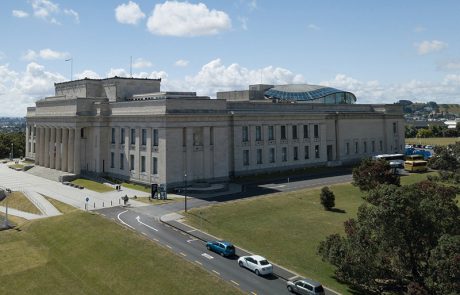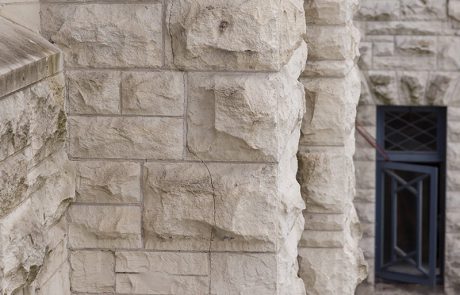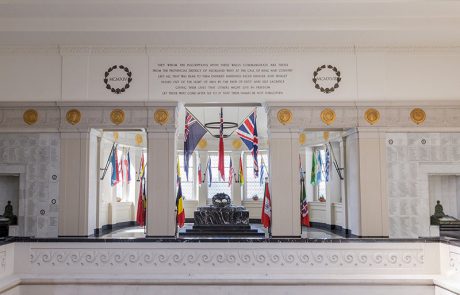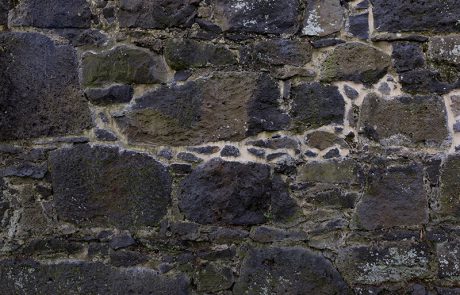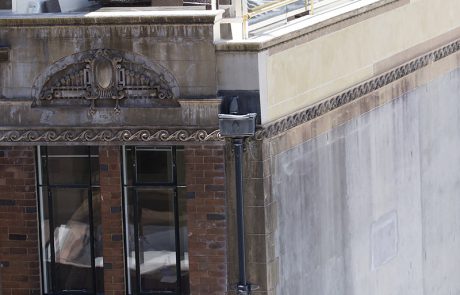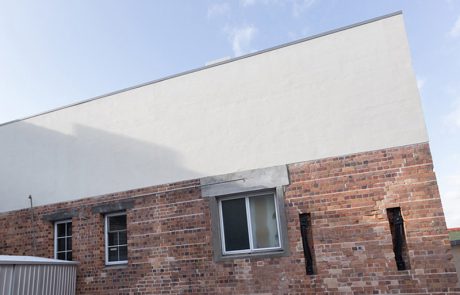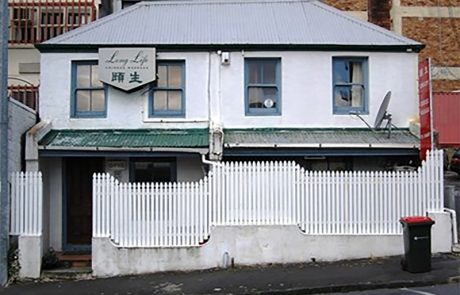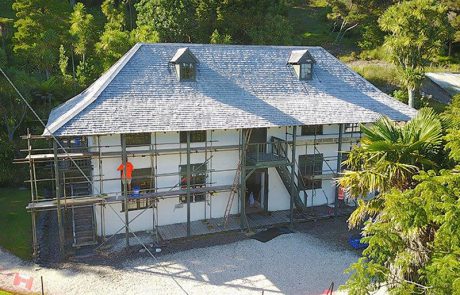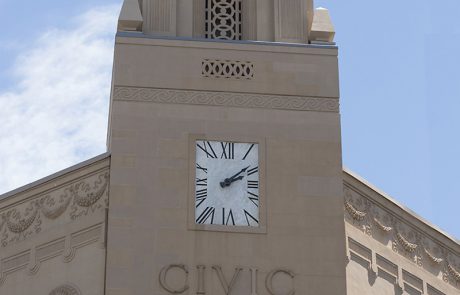Lime mortars and plasters are:
- Healthier. Enables the original materials to breath and release the moisture, avoiding mould and humidity problems.
- Flexible. Moves through changing seasons, without cracking the structure or causing instability. There is no need for expansion joints.
- Environmentally Friendly. Reduces green house gas effect. Most of the CO2 released during the manufacturing process of lime is re-absorbed during it’s lifetime, thus being close to carbon neutral.Plasters and mortars should not be harder/stronger than the backing surface to which they are applied.
- Breathable, protecting the building without sealing it.
- Does not attract moisture. Not required to be covered with a waterproof barrier in order to protect other materials around them.
- Proven over centuries. The earliest known use of lime is 4000 years ago.
On the other hand, cement is:
- Non-permeable. Creates a sealed surface that does not allow vapour passage.
- Non-flexible. Requires expansion joints to allow for natural earth movement without cracking, with varied success.
- Moisture attractive. Other materials around cement need to be protected from it as it holds water and can cause rot to develop.
- Not suitable for historic buildings. Invented in the mid 19th century, some major damp and durability problems are now perceptive. Often cement is too strong for the materials it is used with.
- Non ecological .The manufacture of cement is one of the major causes of the green house gas effect globally as it releases tonnes of carbon dioxide into the atmosphere, none of which is re-absorbed by cement plaster.
NZ’s ‘youth’ meant it was caught up in the cement trend. It’s buildings, both old and new, are wrinkling and cracking. The use of cement based or elastomeric repair methods are accelerating the deterioration process.
Lime mortar works as a weatherproof, breathable surface. Any moisture that enters, either through the mortar or from inside moving outwards, will leave the wall once the cause of the moisture stops.
Lime will enhance and prolong the life of our rapidly ageing masonry buildings!






